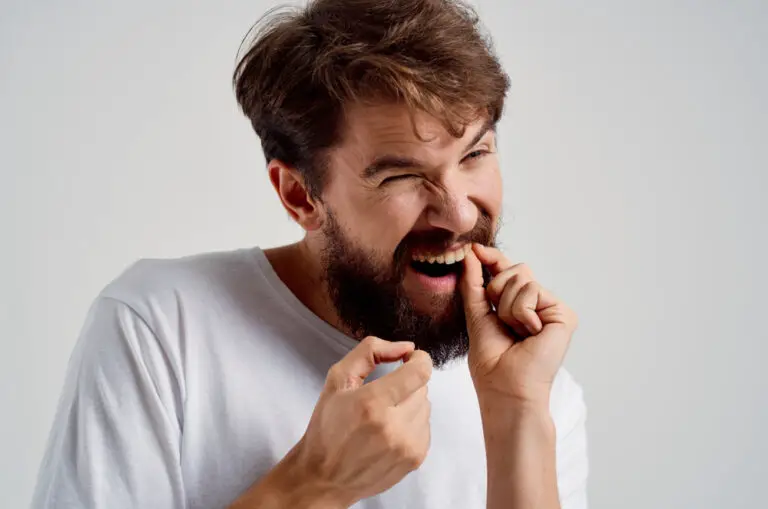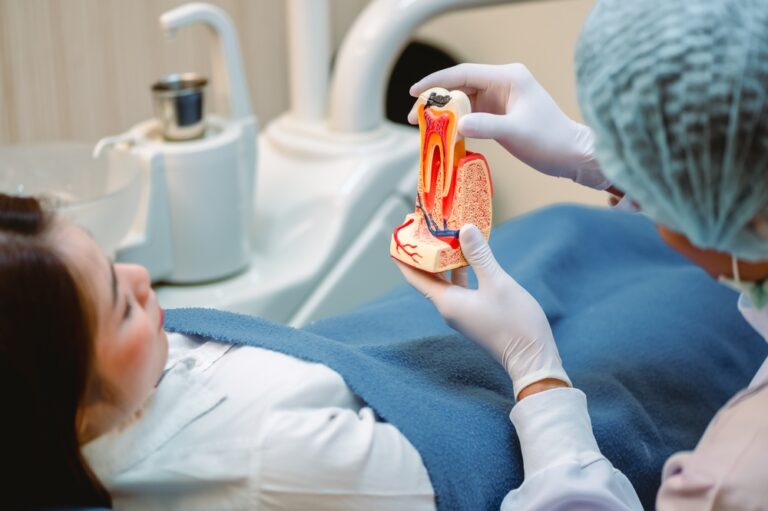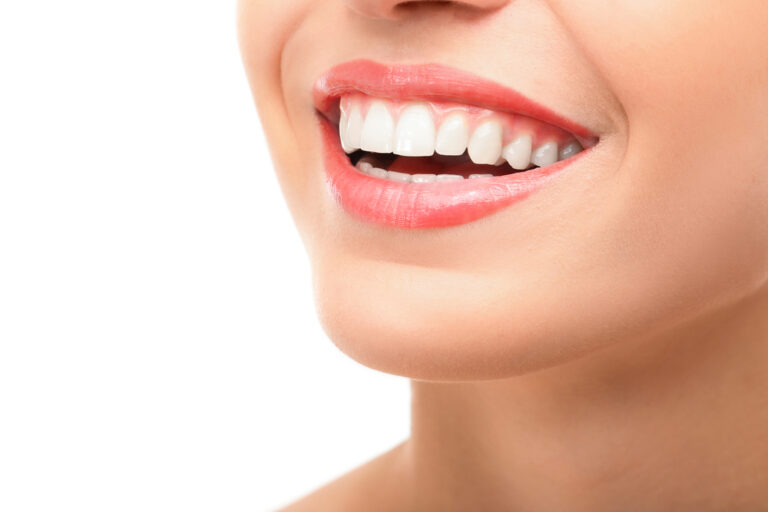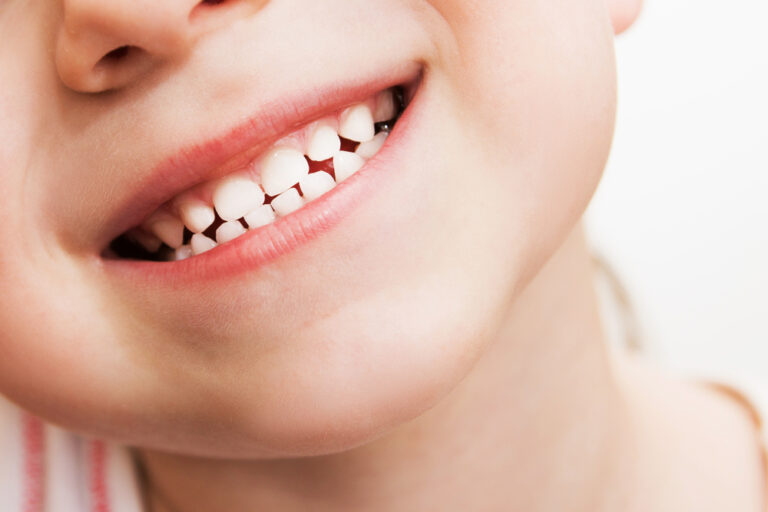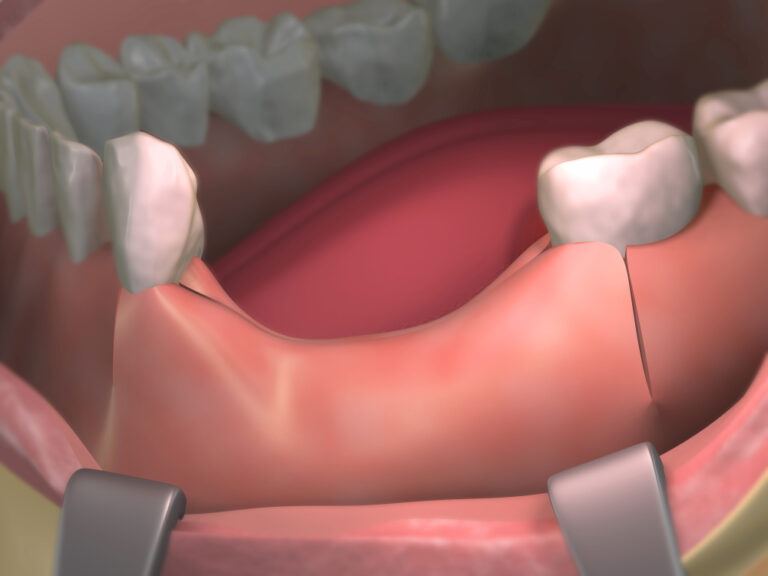Hockey is known as a tough, physical sport with players sacrificing their bodies on the ice on a nightly basis. And for NHL players, that sacrifice often includes their teeth. It’s common to see hockey players missing numerous teeth and sporting gap-toothed smiles. While fans find this iconic, it does raise the question – why do so many pro hockey players lack teeth?
Physical nature of the game
Hockey is an extremely physical and contact-heavy sport. Body checks, high sticks, pucks to the face and fights are all common occurrences. This continuous physical punishment inevitably takes a toll on players’ teeth over years of play. Even with mouthguards and helmets, a errant stick or high-speed puck will shatter teeth and bone. Once teeth are damaged or knocked out, it’s common for players to simply have them removed rather than go through costly and lengthy repairs. This is especially true for bottom teeth, which are more prone to taking damage.
The speed and intensity of NHL hockey means players are constantly vulnerable to dental trauma on the ice. Teams play 82 regular season games, going full throttle against opponents trying to slam them into the boards and block shots at 100 mph. With so many hard contact minutes each game, it’s inevitable that teeth will be lost and damaged. Studies show NHL players endure some type of dental trauma practically every season of their career. Simply put, the human mouth just isn’t built to withstand the physical punishment inherent to professional hockey.
A few key reasons
It’s no secret that hockey players are known for their toothless grins. Taking a puck to the mouth or getting checked into the boards face-first are occupational hazards that can lead to broken and missing teeth. But there are several reasons why NHL players seem to have fewer teeth than the average person.
1. Lack of dental care earlier in career
Most NHL players start playing organized hockey at a very young age. However, access to dentists and proper dental care isn’t always a high priority for young aspiring pros. Oftentimes getting ice time and training take precedence over dental health. It’s not until they make it to the NHL that they have the money and resources to properly take care of their teeth. By then, after years of poor dental hygiene and no mouthguards, the damage is already done.
Junior and minor league players especially have limited access to dental care. Highway bus rides, motels, and low pay make it difficult to get regular check-ups and expensive dental work. Despite the obvious risks, young players trying to advance their careers often neglect their teeth. An extra workout or practice seems more important than a cleaning or crown. This compounds over years, so that by the time they get drafted into the NHL, the cumulative lack of dental care has already taken its toll.
2. Intense dental trauma
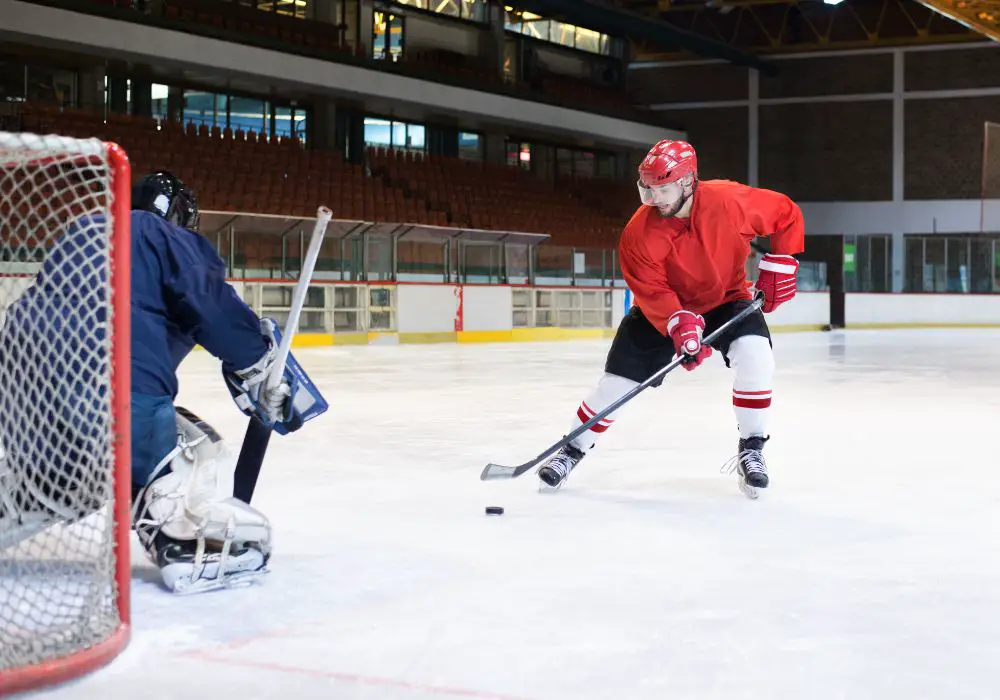
The mouth is vulnerable area for hockey players. A deflected puck or high stick to the face can cause significant dental trauma. Teeth can be cracked, displaced, knocked out entirely or driven up into the gums and bone. And players endure these traumatic injuries with surprising frequency. According to one study, nearly half of NHL players have experienced some form of dental trauma on the ice.
Pucks regularly leave the ice at speeds over 100 mph during gameplay. And despite helmets, goalie masks, and mouthguards, it’s simply impossible to fully protect the mouth from a hunk of vulcanized rubber flying at that velocity. When frozen pucks make contact with teeth, they shatter and pulverize them easily. Pieces of tooth and root shards are left lodged in gums, requiring hours of dental work just to clear out. And that’s when teeth aren’t fully knocked out, which is an all too common sight after puck-to-mouth impacts.
Sticks are another major culprit, whether from high sticking opponents, blocking shots, or simply from being clipped in scrums along the boards. An inadvertent stick between the bars of a helmet can splinter teeth in an instant. And during fights, bare knuckled punches directly to the mouth will easily displace and crack teeth as well. For an NHL player, you can do everything right with world class equipment and dental care and still have your teeth demolished in the blink of an eye.
3. Wearing down of teeth over time
Years of crunching down on mouthguards causes significant wear on teeth. The constant impact from checks and hits also chips away at tooth enamel. This gradual degradation combined with chewing and grinding from stress during games slowly destroys teeth over an NHL career. By the time most hockey players retire, a lifetime of damage has reduced their teeth to nubs or required them to be pulled altogether.
NHL players wear custom fitted mouthguards to protect their teeth. However, over years of play, the constant force of clenching jaw muscles and grinding teeth wears down the structure of enamel and dentin. Teeth literally get flattened and ground down until cavities and cracks form, necessitating extraction. This wearing down process is accelerated by the normal sheer amount of chewing hockey players do during games and practices. With so much crushing force over time, eventually teeth become too compromised to save.
The accumulation of small chips and fractures from repetitive checks and hits also causes enamel erosion. Each tiny unnoticed crack enables more decay and pulp exposure until teeth require removal. While not as dramatic as major dental trauma, this gradual degradation can be just as devastating over the course of a long NHL career. Even with excellent oral hygiene, the physical demands of pro hockey make tooth wear and tear inevitable.
4. Lack of pain incentive
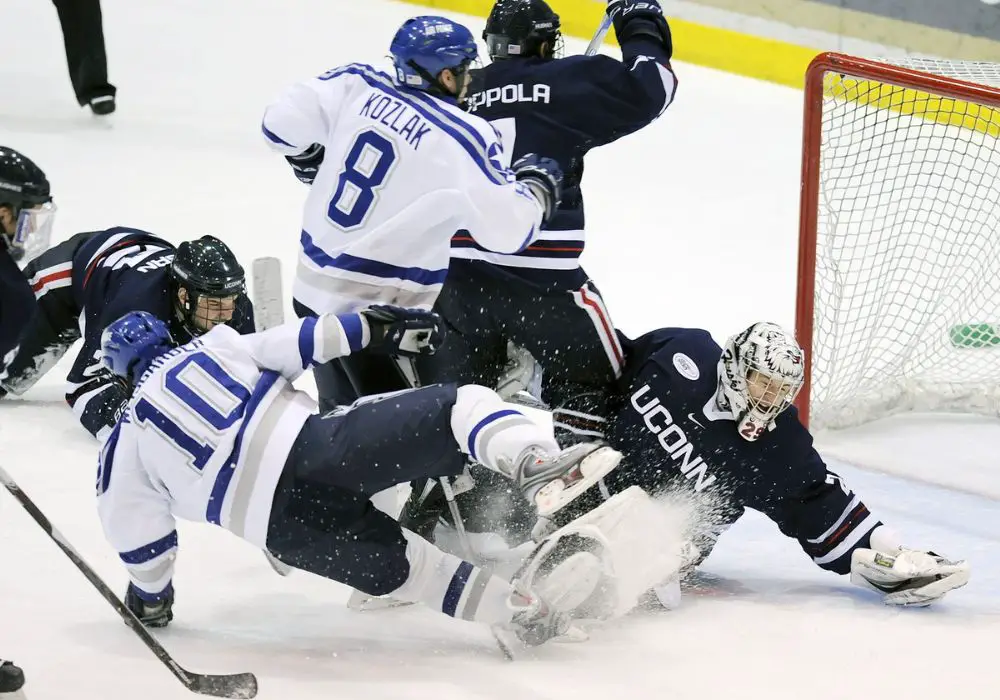
Hockey culture encourages toughness and playing through pain and injuries. Dental issues are no exception. NHL players are used to dealing with missing teeth and oral pain when competing. Since teeth don’t impact performance like other injuries, players are more inclined to put off dental work. Why spend the time and money on new crowns when they’re just going to get knocked out again? The incentive just isn’t there to prioritize dental health for many players.
NHL players consistently exhibit an extremely high pain tolerance on the ice. Unless a dental issue becomes acute enough to hamper their play, they’re likely to postpone treatment until after the season. Unlike a knee sprain or shoulder dislocation, chipped and broken teeth can functionally be tolerated during gameplay. And pulling a sensitive rotten tooth is quicker and gets you back on the ice faster than a root canal and crown. This high threshold for dental pain leads players to neglect their oral health.
5. Cost and time of dental work
Repairing significant dental damage from years of trauma is extremely costly and time consuming. It requires numerous visits to have new crowns custom made and properly implanted into the gums and bone. For players in their 20s already making millions and with short careers ahead, its often not worth the investment. Its faster and cheaper to simply remove damaged teeth rather than go through a long dental restoration process. And upper teeth are considered less important for hockey playing purposes.
Professional quality dentistry tailored to pro athletes with significant trauma can run tens of thousands of dollars per player. For lower teeth especially, implants and bridges are seen more as a cosmetic vanity project rather than essential for performance. Players are reluctant to invest huge sums and time in their teeth knowing they’ll likely just get wrecked again. Team dental insurance often covers only basics, so the costs fall more on players themselves. Given their average career is only 5 years, anything that takes them off the ice is carefully considered.
Frequently Asked Questions
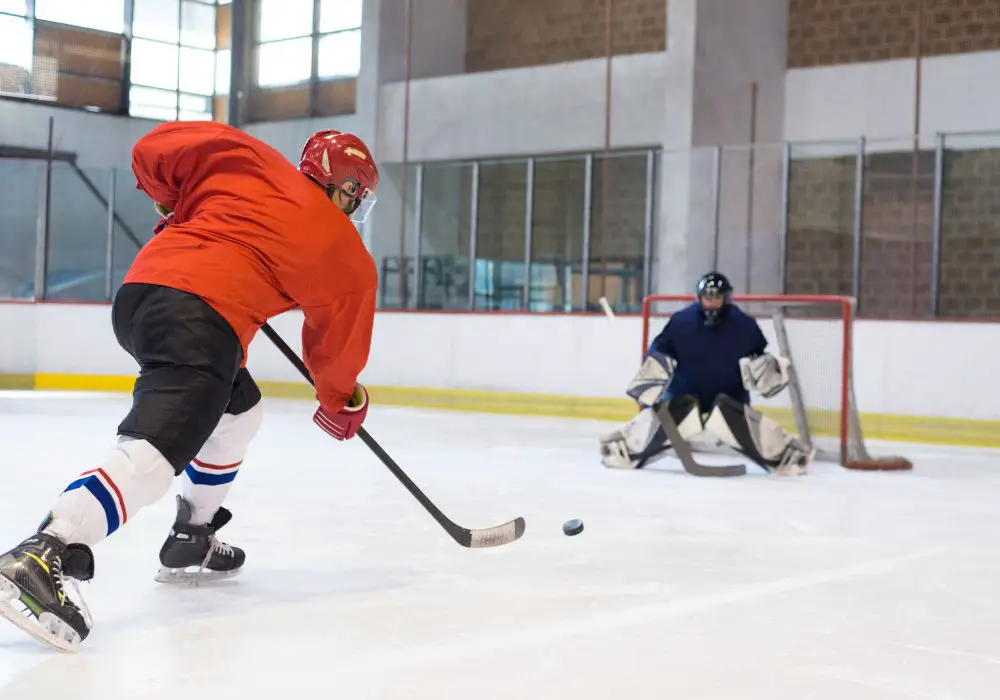
Why do so many NHL players remove their bottom teeth?
Bottom teeth are most vulnerable to damage from pucks, sticks and hits. They absorb most of the impact. Rather than spend time and money on costly repairs, many players simply have bottom teeth extracted after they’ve been damaged. This leaves them with the iconic hockey player gap-toothed grin.
Do players get dental implants after losing teeth?
Some do, but dental implants are expensive and require a lot of healing time. For many its easier to simply leave the gap from extracted teeth rather than go through the lengthy and costly process of implants. However, players may get select implants for cosmetic reasons or if lack of teeth is impacting their performance.
Should youth hockey players be concerned about losing teeth?
Yes. Dental trauma is extremely common, even at youth levels. Wearing properly fitted mouthguards during games and practices is highly recommended to protect teeth. Parents should also ensure kids are getting regular dental checkups to monitor any emerging issues.
Do NHL dentists travel with teams?
Most teams partner with local dentists in each city they play in for emergency dental care. A few teams do have a dedicated traveling dentist. Their main role is making sure players’ mouths and teeth stay infection-free and don’t impact performance. Major dental work still occurs in the offseason.
How many teeth do NHL goaltenders lose?
Goalies lose fewer teeth on average than skaters since they wear full masks. However damage still occurs from pucks slipping through face cages. Patrick Roy famously lost 2 front teeth stopping a slapshot in the playoffs. Overall however, goalies generally have far better dental health than their teammates over a career.
Conclusion
The rough nature of professional hockey takes an inevitable toll on players’ dental health over the course of their careers. Cost, time, culture and sheer amount of trauma make losing teeth almost unavoidable for NHLers. While mouthguards and dental care have improved, players sacrificing their teeth for the Stanley Cup remains an iconic part of the game. The gap-toothed grin of an NHL player just shows the toughness and sacrifice it takes to play professional hockey at the highest level.

